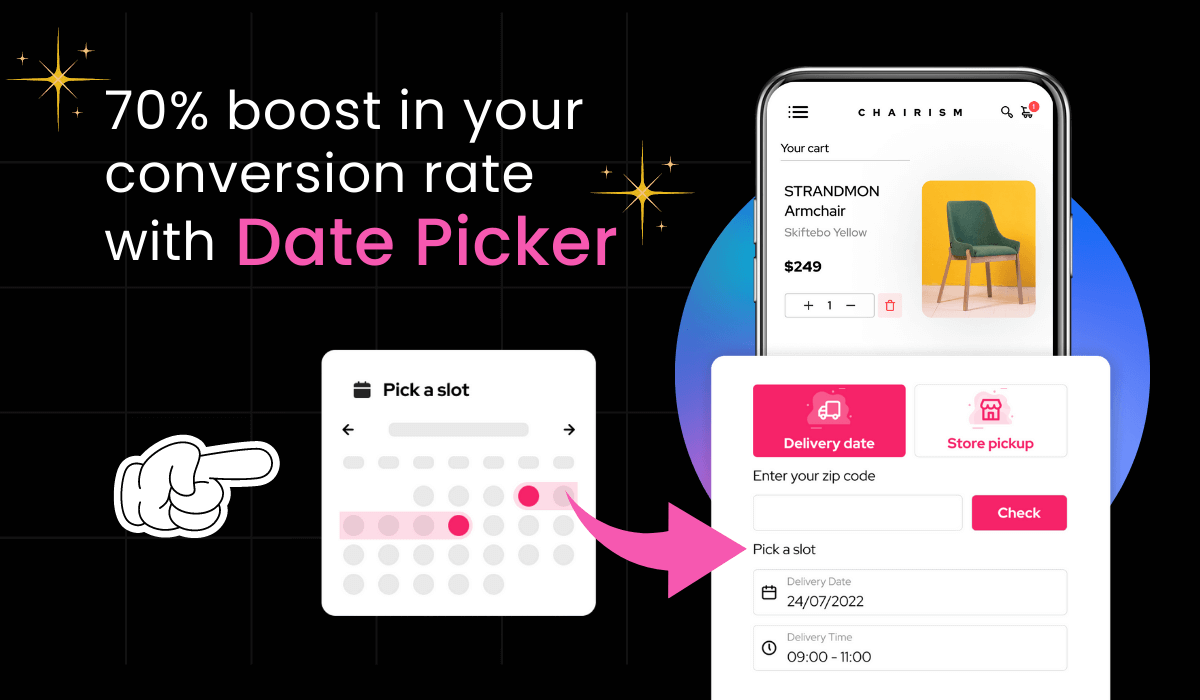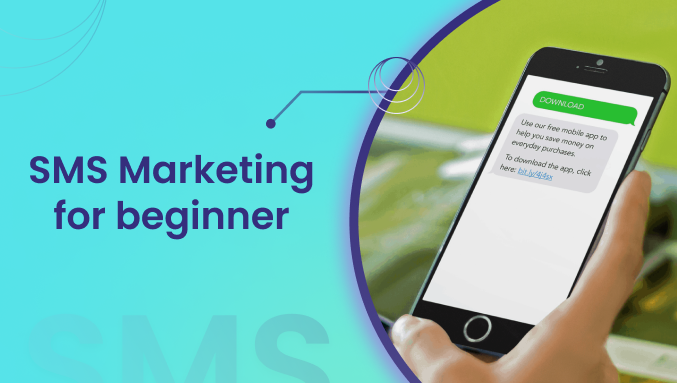During the Easter holiday season, the eCommerce industry earns a significant profit as 81% of Americans celebrate the occasion and spend a total of $24 billion in 2023, and spend an average of $192.01, the highest figure on record. By applying Easter marketing strategies, you can reach your target audience and boost your sales. To enhance customer engagement and improve conversion rates, we have put all marketing tips together into a collection of our top ideas and best practices to assist you with your Easter marketing campaigns.
Blog
70% of online shopping carts are abandoned. And one of the top reasons for this is the lack of delivery date options. In fact, according to a survey by MetaPack, 55% of online shoppers would abandon their cart if delivery options don't meet their expectations. As an e-commerce merchant, you can't afford to ignore the importance of providing a seamless delivery experience for your customers. That's where a delivery date picker comes in. By adding this simple tool to your Shopify store, you can allow customers to choose the date and time that suits them best, resulting in fewer abandoned carts and increased customer satisfaction.
And the best part? You don't need to be a coding expert to set it up. In this blog post, we'll show you how to add a delivery date picker to your Shopify store without any coding.
Ahoy there, matey! If you're ready to set sail on the high seas of SMS marketing, you better make sure your ship is TCPA compliant.
Don't worry, it's not as complicated as it sounds! We've got your back and won't let you sink! In fact, it's super easy with our happy and upbeat guide to TCPA-compliant SMS marketing. So, let's get started and keep your text message marketing fun, happy, and compliant!
Are you feeling like a zero when it comes to SMS marketing? Don't worry, you're not alone.
According to recent statistics, only 29% of businesses use SMS marketing to reach their customers, despite the fact that SMS messages have a 98% open rate. That means there's a huge opportunity for businesses to become heroes with successful SMS Campaigns
But don't worry, you don't need to be a genius to be a SMS guru. With a little bit of know-how and a sense of humor, you can go from zero to SMS hero in no time.
In this post, we'll cover a beginner's guide for SMS with some protips to help you become a marketing superhero. So, put on your cape and let's get started!
ll walk you through the benefits of offering returns and exchanges, how to create a returns and exchange policy, and best practices for managing returns and exchanges.





